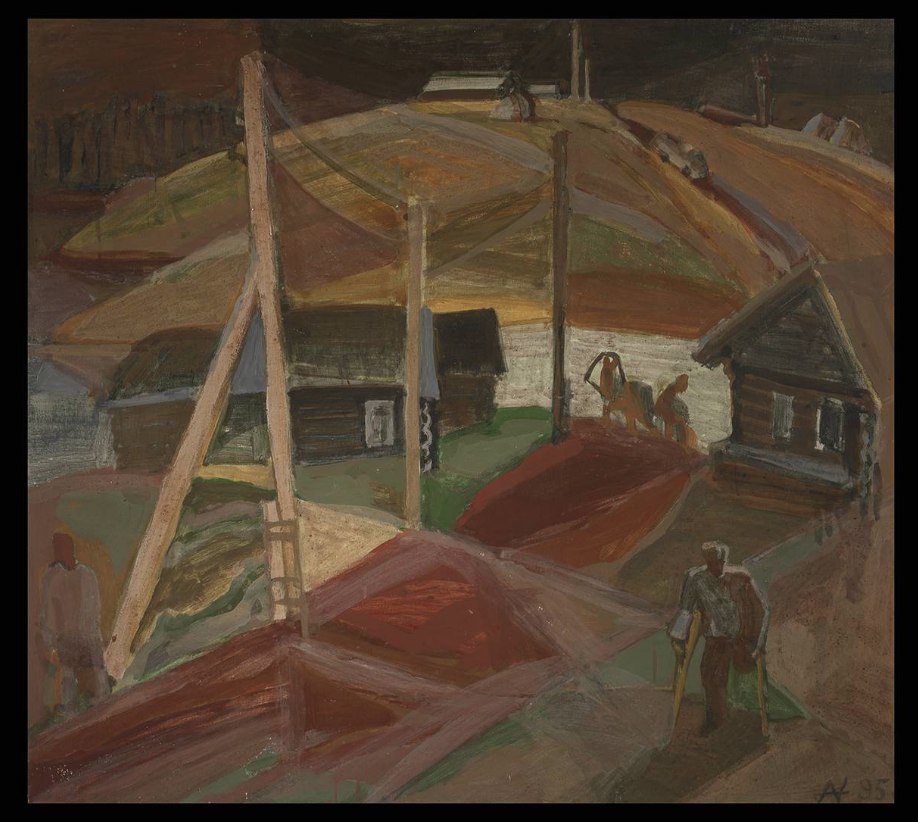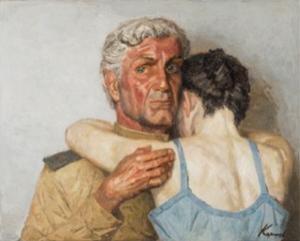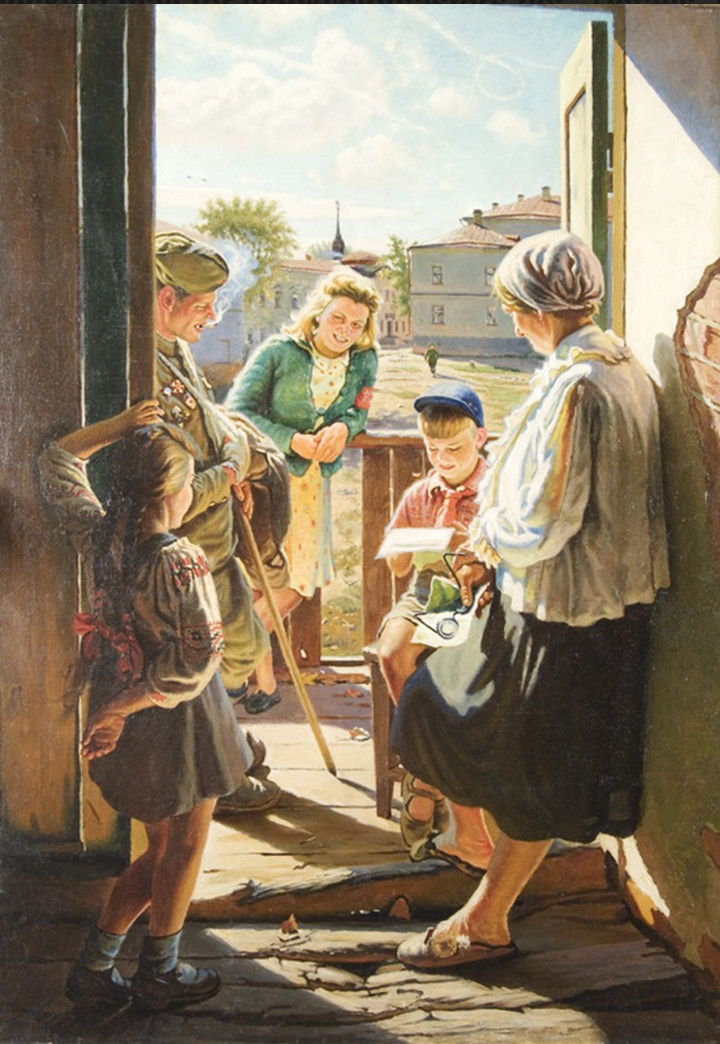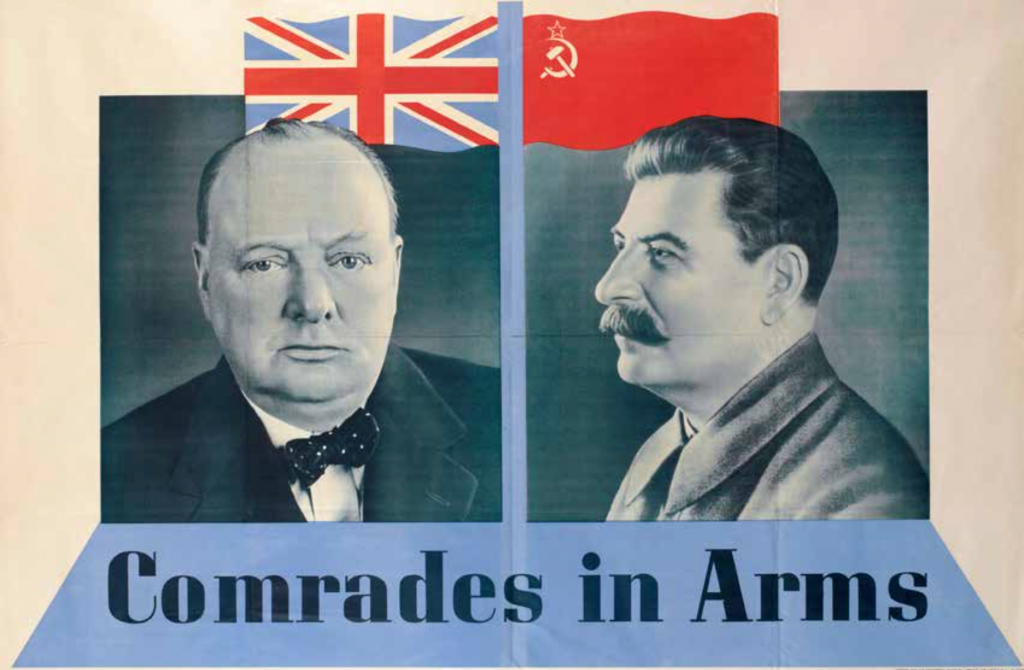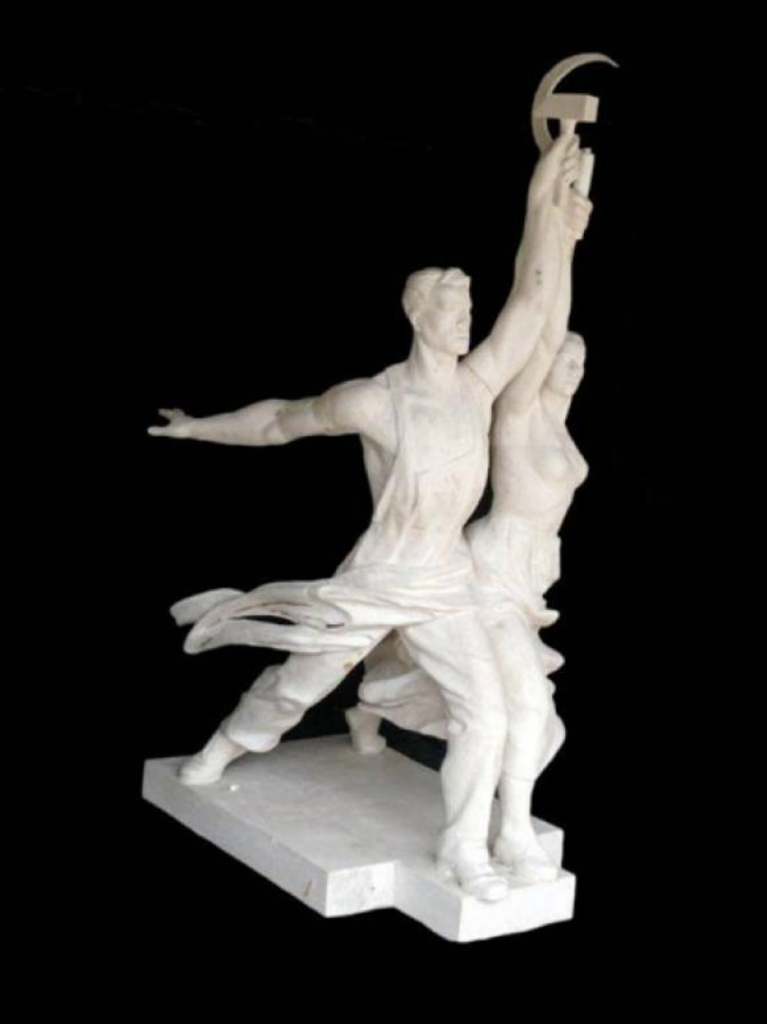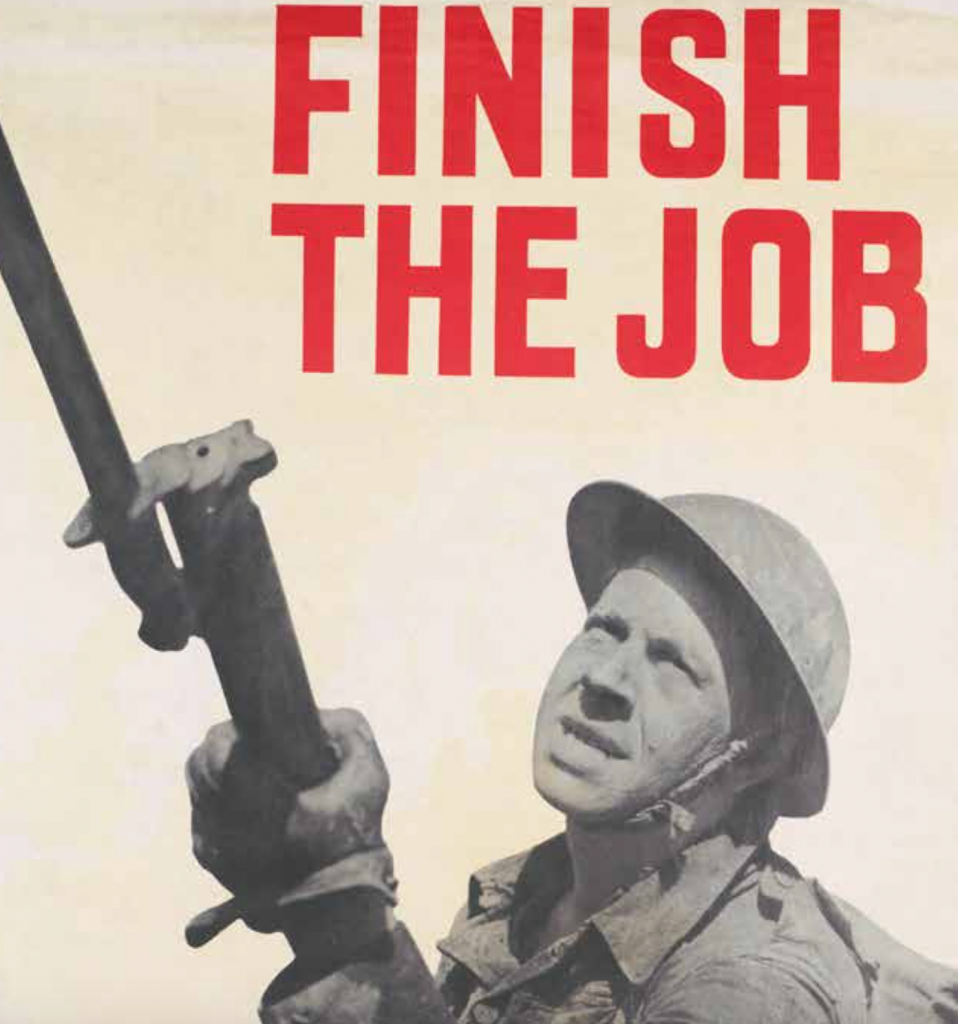Exhibition on Russian artists response to WWII to open at Saatchi Gallery
Feb 17th, 2015 | By Ivan Lindsay | Category: JournalExploring the legacy of WWII in Russian Art is due to open at the Saatchi Gallery on 13th March and run until 6th April. The exhibition has been organised by Art Russe, the Saatchi Gallery and the Imperial War Museum.
Marking the 70th anniversary of the Victory of the Allies against Nazi Germany, the exhibition The Legacy of WWII in Russian Art will include paintings and sculptures from Russia, juxtaposing them with graphic works created by Britain’s Ministry of Information during the Second World War. The aim is to stimulate a dialogue about the similarities and differences between Russian and British experiences of World War II and examine the legacy war leaves on artists of all nationalities. An interesting mixture of Russian paintings and sculpture hang alongside British properganda war posters that were printed by the Ministry of Information during the war.
The exhibition will include paintings and sculptures such as Laktionov’s Letter from the Front; Vera Mukhina’s sculpture Worker and Kolkhoz Woman, the Tkachev brothers’ By the Well, Mai Danzig’s monumental canvas And the World Remembers the Saviours, Geli Korzhev’s The Reunion and Nikolai Andronov’s Landscape with Invalid.
Russia was traumatised after WWII having lost 25m dead and 25m homeless. Operation Barbarossa, the Nazi invasion of Russia launched on the 22nd June 1941, involved 4m men, 600,000 motor vehicles and 625,000 horses, the largest invasion in history. The 3m Soviet prisoners were not treated according to the rules of The Geneva Convention and many died of starvation.
There were more casualties on the Eastern Front in WWII than in all other theatres of the war. Most villages contained invalids and artists tried to portray a country that was emotionally and physically shattered.
The exhibition shows that the properganda efforts of the two nations were similar in many ways. The exhibition could have been even better with the inclusion of some of the famous war-time Russian paintings by the likes of Deynika, Gerasimov and Gavrilov, but hardly surprisingly, given the current political situation, it was not possible to arrange loans from the Russian museums.

